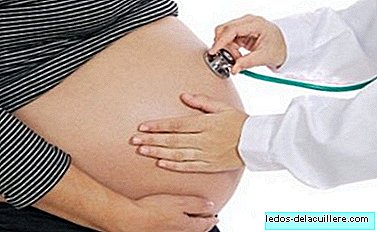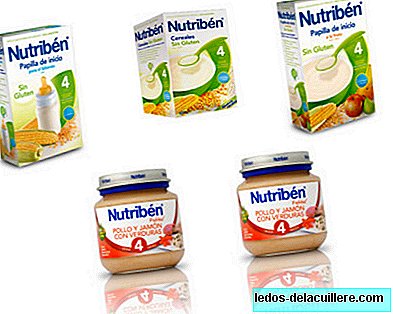
The increase in maternity age and assisted reproduction techniques are increasing cases of thrombosis in pregnant women, as analyzed in a recent professional forum held in Alicante.
This is the 1st TEAM Forum, Thrombosis in the field of Women, organized by the Spanish Society of Thrombosis and Hemostasis and held last Friday. The meeting was attended by 60 hematologists and gynecologists, specialists who analyzed the increase in cases of thrombosis in pregnancy and after delivery.
A thrombosis occurs when a vein or an artery is blocked by a clot and that, depending on the part of the body where it occurs, it can become serious. The increase in hypertensive, overweight women and the rise in fertility treatments, which carry a greater hormonal burden are behind this pathology that occurs more frequently after 35 years.
Experts say that the most important thing in these cases is early detection, and be alert to signs such as repeat abortions or family history. When these cases are detected soon, women can be treated with drugs that do not interfere with pregnancy.
During pregnancy and childbirth various factors can contribute to increase the risk of a clot forming in the veins:
- Pressure induced by fetal growth on veins
- Hormonal changes
- Acquired or congenital blood clotting disorders
- Physical inactivity
- Weight gain
- Cesarean section (or other type of surgery)
It is not known precisely, but it is estimated that thrombosis during pregnancy It affects one or two out of every 1,000 pregnant women. Gestation increases the risk of thrombosis between three and six times compared to the situation of non-pregnancy, while the risk of thrombosis may be four times higher in the six weeks following delivery.












